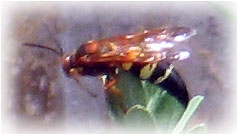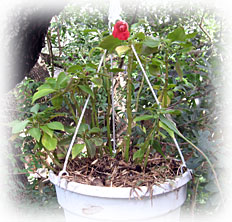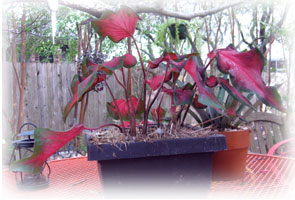
As a long-standing fan of both Orson Scott Card and the Ender series,
Aaron Johnson states
Worse, the two collaborators never achieve a common voice. They do not even seem to be telling the same story. One (I assume Card) paints detailed technical panoramas in smooth technical prose. The other vainly attempts sophomoric character interactions that are as shallow and moving as a mosquito bite using descriptions dictated by a Flesch-Kincaid algorithm. Perhaps this level of character development is appropriate to a comic book. It is too banal for a novel. I frequently found myself skimming/skipping any number of pages until I found another section where I would be drawn back into the story rather than bludgeoned with sixth grade sentimentality.
The collaborators compensate for this failure somewhat by switching character perspective, but the stylistic dissonance continuously knocked me out of the story. When writers force the reader to think about style, they fail to create the illusion of the universe they are trying to build. Few writers are stylistically brilliant enough that linguistic excellence is its own end. Neither collaborator achieves such stratospheric writing in this book.
Further, I could not believe in any of the characters, except Concepcíon, the free minor ship captain. She was the only character in the novel capable of demonstrating character. For all the others, we were simply told they had character, what I call the Republican approach to character development.
I can say this much positive about First Formic War:
- Card’s explanation of the technology underlaying the characters' lifestyle was clear, intriguing, and unobtrusive.
- The book inspired me to take Suna shopping for bath towels—I think primarily as the escapist activity I had hoped the book would provide.




